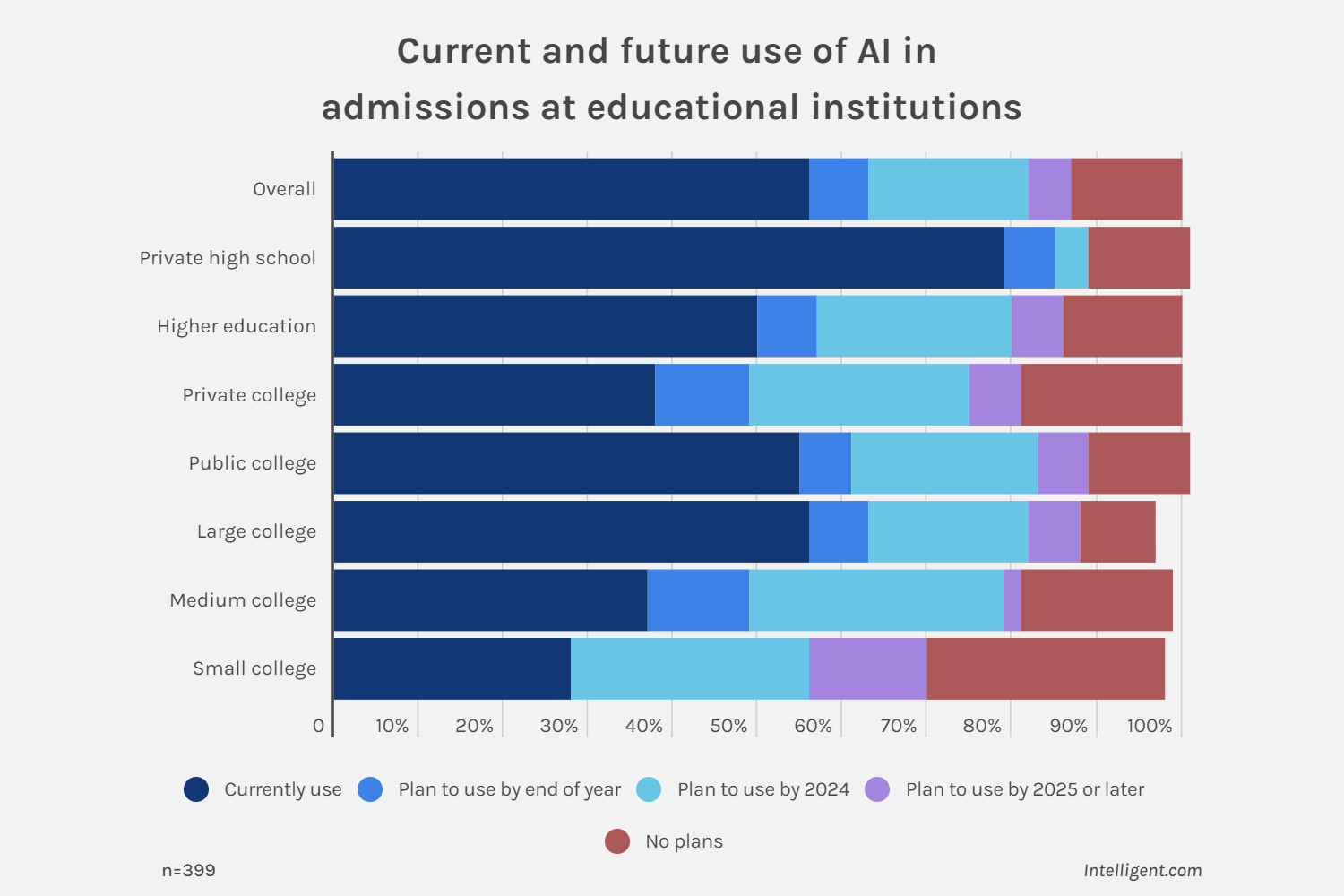Who Should Seat A New Supreme Court Justice
After the death of Ruth Bader Ginsburg a supreme court seat remains to be filled
October 9, 2020
On Sept. 19, Ruth Bader Ginsburg died leaving a vacant seat in The Supreme Court. As his first term draws to an end, President Donald Trump was quick to nominate U.S. Federal Judge Amy Coney as his choice of replacement. However, many registered voters believe that the successor of the presidential election should appoint the next justice.
With election day less than a month away, Trump’s nomination should be voided. The winner of the Nov. 4 election should be the one to seat a new supreme court justice.
Allowing Trump to seat a new supreme court justice near an election would be hypocritical on Senate Republican leader Mitchell McConnell’s end. In 2016, former President Barack Obama was blocked by McConnell from appointing a new justice following the death of Associate Justice Antonin Scalia in February of 2016. McConnell stated that “The American people should have a voice” with the election being nine months away.
As reported by the Congressional Service Research Service, recent decades have stretched the confirmation process for filling a supreme court justice seat from about a week to two to three months. Even Trump’s previous two nominations, Neil Gorsuch and Brett Kavanaugh lasted 65 and 90 days, respectively. This means that Trump’s nomination wouldn’t have time to be confirmed before the election.
However, not filling the seat could result in a four to four deadlock. This means that if the results of the election were to reach The Supreme Court, it could be weeks or even months before they reached a decision, if at all. By the 12th Amendment, “If the House of Representatives shall not choose a President, whenever the right of choice shall devolve upon them, before the fourth day of March next following, then the Vice-president shall act as President, as in the case of the death or other constitutional disability of the President.” While the best constitutional authorities pronounced that this means the then vice president would become president, there is a dispute among constitutional authorities as to the meaning of this sentence.
If Trump were to appoint a new supreme court justice, he should do so via a recess appointment. This appointment would be temporary and only last until the adjournment of the Senate’s next session. If Trump were to make a recess appointment on Oct. 12, his appointment would last through Nov. 6 meaning that Trump could still appoint a supreme court justice while also letting the results of the election dictate which candidate ultimately fills the seat for life.
At such a precipitous moment in American politics, we should wait until at least after the election to vote on a new supreme court justice for life and instead recess appoint a temporary supreme court justice to avoid a deadlock election.






Saundra Robertson • Oct 13, 2020 at 4:57 pm
Great story. Learned some things I was not aware of.